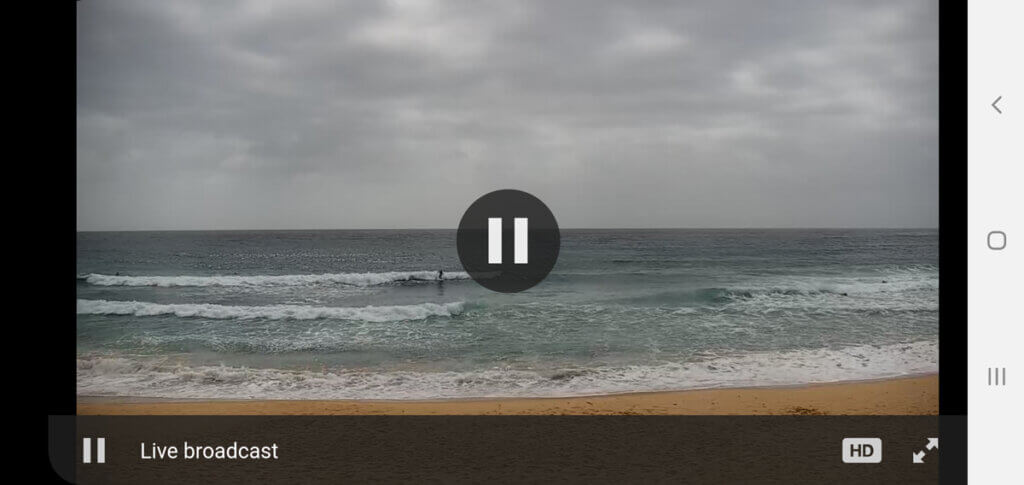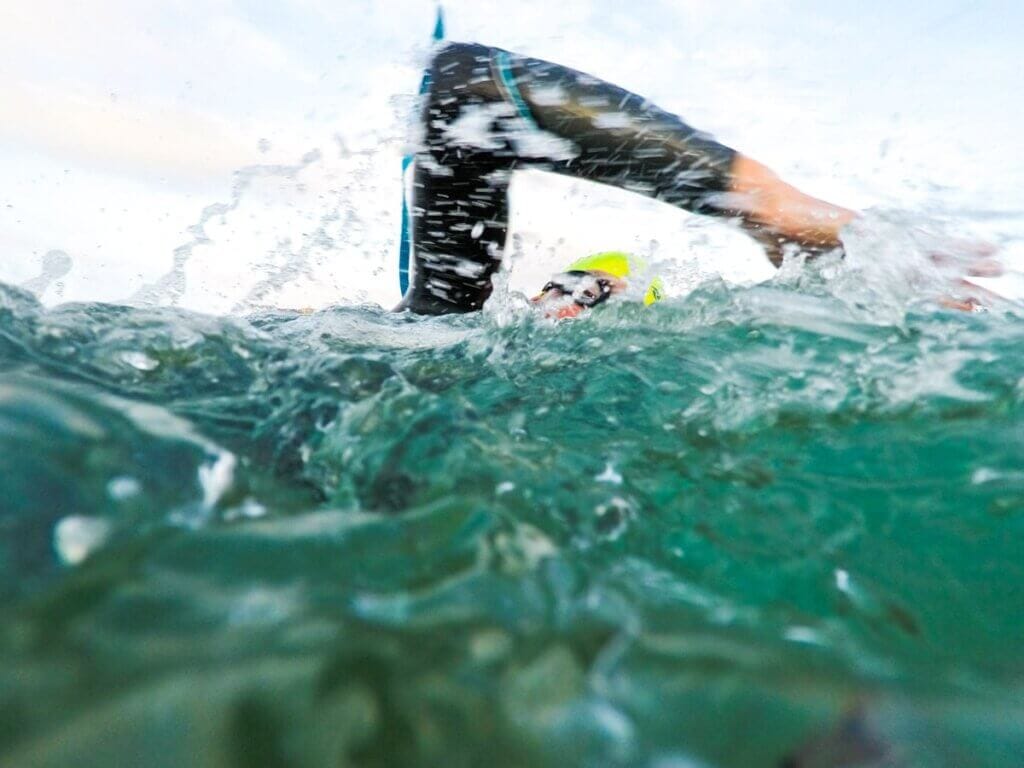How to navigate a swim course when the conditions are against you

On Saturday I was coaching a Learn to ocean swim clinic whilst an ocean swim event was taking place at Bondi.
The 2km course took swimmers out from North Bondi to the tip of Ben Buckler, then across the bay to Mackenzies Bay, before heading in towards Icebergs and back to North Bondi – a classic rectangle course with a buoy in each corner.
The sea was choppy with a moderate southerly blowing onshore, and there was a slight south wind swell with the occasional larger set joining the party.
A great teaching moment presented itself during the clinic, as swimmer after swimmer from the event swam up to where we were just beyond the break – some 100m off course – and asked us where the final buoy was they needed to round to finish.
After sending them on their way (a little disgruntled), we discussed how all these swimmers could have avoided swimming a bowed course across the bay, and in doing so cut their total swim distance, time taken, and effort required.
It starts with a course assessment before the swim. In this case, identifying that the southerly wind and swell would be drifting swimmers towards the shore at quite a pace. It would affect every swimmer, but the slower you swim the more it will affect you.
To counter this, as you swim across the bay you’d need to account for the drift, aiming as much as 50m windward of the buoy as you cross the bay in both directions.
Next in your assessment would be to locate landmarks on the shore that line up with the buoys – easy to do when swimming inside a bay. Something high up and distinct will allow you to spot your line easier in the chop and swell.
Finally, once you’re out there swimming, you need to adapt your sighting to the conditions. You’ll find you need to sight a lot in the open water to counter the drift (as much as every 1 or 2 breaths), even if you’re usually a straight swimmer. You’ll also need to lift your head higher each sight (with a strong kick drive to balance) to get above the chop, and you should make the most of the swell crests to get an elevated view of the course.
Whilst the onus is on the swimmers to keep on course, every year the greatest feedback we receive from event participants across the country is that they want more, brighter, buoys used to mark the course. Organisers, take note.







Responses